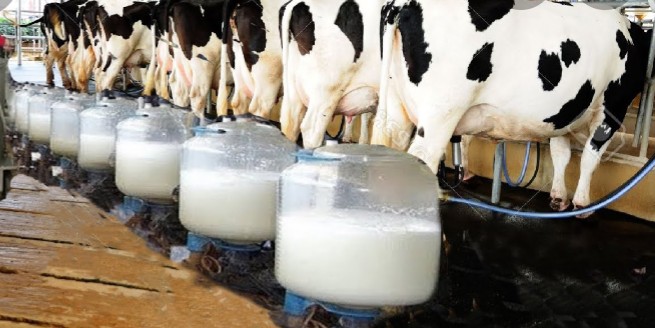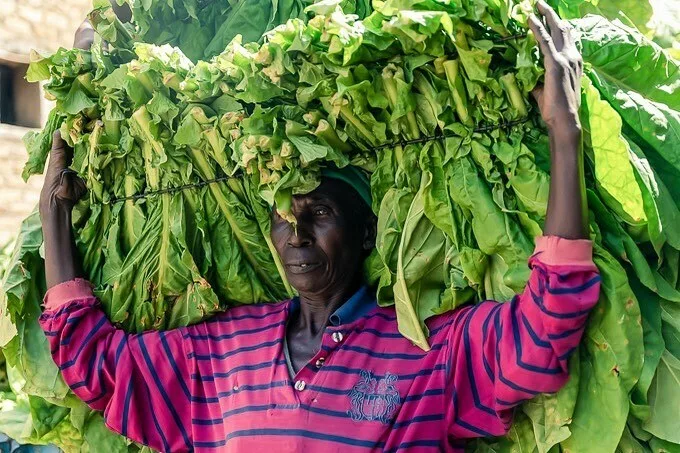|
Getting your Trinity Audio player ready...
|
By Elvis Dumba
ZVIMBA- The dairy industry which has been fatigued by a myriad of challenges forcing the country to import dairy products is slowly showing signs of recovery.
The country’s national dairy requirements stand at 120 million litres which is above the current national production of 79.9 million litres according to the Zimbabwe Dairy Farmers Association (ZDFA).
The ZDFA statistics went on to reveal that the country is expected to produce about 80 million litres in 2021 and the remainder of the national requirements taken up by imports a situation not sustainable for the country already burdened by forex challenges.
Meanwhile, the country dairy cattle herd currently stands at 38 000 an increase from 33 000 in 2020 and the industry is targeting 44 000 dairy cattle by end of 2022.
A dairy farmer in Mapinga, Zvimba, Monalisa Chileya said the industry has been affected by various challenges which include tick-borne diseases especially Theileriosis also known as January disease which saw many cattle succumbing to death.
“As small dairy farmers, we are facing various challenges like access to chemicals used in dip tanks and in dealing with the problem of ticks in cattle. This has really affected the rebound of the dairy production following its knock a decade ago,” she said during a visit to her dairy farm.
“We are faced with low producer prices for milk that hinder expansion and sustainability and lead to high disease prevalence, price distortions for inputs like vaccines, semen, artificial insemination equipment and other agriculture raw materials due to forex shortages,” she added.
The industry also faces limited access to long-term credit lines at reasonable interest rates with offered short term credit facilities with high-interest rates not getting takers.
Chileya underlined that the dairy industry has the potential to grow from the current levels if farmers receive the required support to increase production from between 8 to 12 litres per day for those in the small sector and from 15 to 20 litres for the large scale dairy farmers.
Chileya said most dairy farmers lack financial support to establish value addition programs with most of them only selling raw milk.
It has been noted that currently milk products found on the markers are imported. Amidst all the challenges the dairy industry is slowly recovering.
From a survey done on visited dairy enterprises by this publication, the industry which is slowly showing signs of growth as more farmers getting into dairy farming face poor herd management systems.
According to Lands, Agriculture, Fisheries, Water and Rural Development Deputy Minister Vangelis Haritotis, the government is implementing a Livestock Growth Plan for transformation of the livestock sector with greater involvement of domestic financial systems underpinning the financing of agriculture.
“Government in partnership with developmental agencies and the private sector is facilitating several programs that improves the quantity and quality of the national herd with the importation of dairy cattle for farmers to accelerate development in the sector,” he said.
Haritotis said government acknowledges challenges and constraints being faced by the dairy sector and the whole agriculture sector as a whole.
“An Artificial Insemination Center is being set up at Mazoe Veterinary Farm to boost the quality of the beef and dairy herds where the artificial insemination program allows farmers to access sexed and non-sexed semen at a low cost.
“Under the Presidential Inputs Scheme, all smallholder dairy farmers will get inputs for one-hectare silage whilst large scale dairy farmers will get support through the command agriculture,” Deputy Minister Haritotis revealed.






